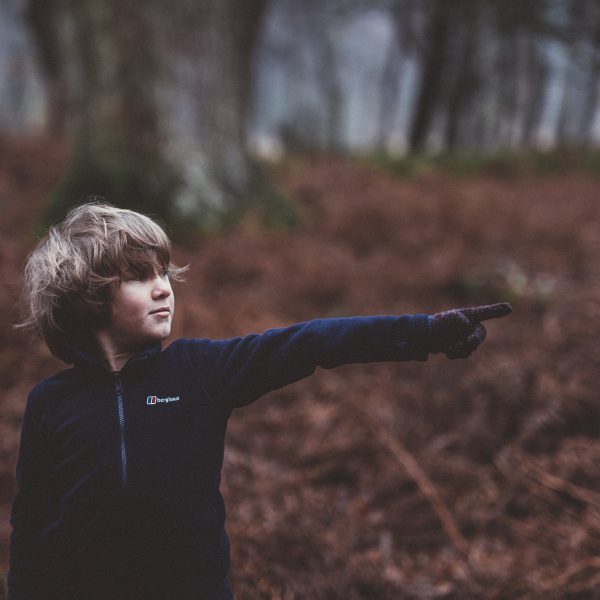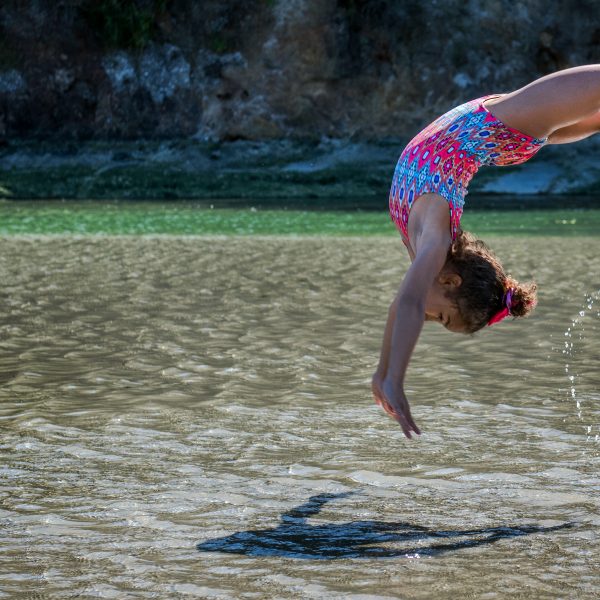The Benefits of Physical Play in Early Childhood

We like to move it, move it! It’s all about building strong, happy children the fun way. Jump rope, throw balls, catch bubbles, robot dance, hide and seek, hula hoop, yoga stretch, climb, roll or wiggle! There are so many wonderful ways for children to explore physical play in the early years, and so many important reasons to do it.
The best news is that safe, active physical play is not limited by season or environment. It’s an all-weather, indoor or outdoor, solo or group experience, and it’s one of the foundations of a healthy, happy childhood. In fact, it’s vital for children’s health, wellbeing and development at every stage, and sets up every child for a healthier future.
Let’s take a closer look, as we swirl and loop through the benefits of physical play, and explore how to support it in your service (with dance ribbon wand in hand, obviously).
What is physical play in early childhood?
It’s all about movement, big or small! In the early years, physical play is any type of activity that gets children moving in their environment and expending energy. This could be whole body movement like tackling an obstacle course, navigating an outdoor climbing frame or skipping around to help develop gross motor skills.
However, it also encompasses play that focuses on specific muscle groups with smaller physical movements. For example, this could be standing up to paint at an easel or making glove puppets that encourage dexterity and development of fine motor skills in hands. For little growing bodies, both types of physical play are needed.

For babies, physical play involves supervised interactive floor-play including crawling and tummy time, spread throughout the day.
For toddlers, physical play involves exploring the world and moving through a variety of activities, including energetic play. Luckily, many toddlers love to run around, so the more active play, the better! It’s recommended that toddlers have at least three hours of physical activity throughout the day, including energetic play.

For pre-schoolers, physical play should involve at least three hours of physical activity across the day, with at least 60 minutes of energetic play (think kicking a ball, dancing, running races). Structured activities and fun discovery should both play a part.
For a deeper dive, these are the Australian government’s 24-hour movement guidelines from birth to preschool and the New Zealand guidelines.
The physical benefits
In these first five critical years of a child’s life, they will develop habits that they will take with them into adulthood. So regular, active physical play is particularly beneficial to set them on a healthy course. The physical health benefits of active play are vast:
- Builds strong healthy bones, hearts, muscles and lungs.
- Aids fundamental movement, balance and co-ordination.
- Improves posture, flexibility and reaction time.
- Develops both fine and gross motor skills.
- Helps grow, develop and maintain a healthy weight.
- Reduces the risk of lifestyle-related diseases in adulthood such as heart disease, diabetes or cancer.

Wellbeing benefits
Physical play in early childhood also boosts mental health and wellbeing in children. In the Early Years Learning Framework, Outcome Three is about children having a strong sense of wellbeing.
When children have a strong sense of wellbeing, they gain confidence and optimism which maximises their learning potential. It encourages the development of children’s innate exploratory drive, a sense of agency and a desire to interact with others.
Wellbeing includes good physical health, feelings of happiness, satisfaction and successful social functioning. It influences the way children interact in their environments’. Physical play contributes to this outcome by:
- Building confidence and self-esteem as they learn to express themselves, achieve personal goals, feeling proud and powerful in their bodies.
- Giving an avenue to practise mindfulness and being fully present, again setting up healthier habits for the future.
- Helping them to bond with their peers and develop a sense of belonging through active game play and teamwork.
- Developing good friendships and improved social skills, such as sharing and co-operation.
- Supporting healthier cognitive function by developing new neural pathways while children are growing.
- Aiding with relaxation, which in turn leads to sleeping well.
- Improves concentration for learning.
How can you promote physical play in early childhood?
There are so many ways to create and enhance opportunities for physical play! All it takes is a little imagination, some dedicated educators and some safe, fun, modern resources to create an active play and learning wonderland inside and out.
The great outdoors
Let’s start with the outdoor environment. Consider permanent fixtures such as climbing frames, sand and water play learning stations. Then add to these with colourful resources that make physical play fun and fill the day with opportunities for movement and exercise.

A Motor Skills Development Set will improve children’s gross motor and balancing skills and coordination, all while stimulating their senses with bright colours and tactile surfaces. The children can play individually or as a team to achieve goals set for them by their educators. There are so many combinations to keep the activities different and engaging.
A Parachute and Ball Set is a classic resource for encouraging group activity and co-operation as the children use the parachute to throw the balls into the air. This is fabulous for including a whole group as they play different games with the parachute and the balls.
Children can also improve their gross motor skills, hand-eye co-ordination and teamwork with a Throwing Set. Educators can create some wonderful interactive games with frisbees, feather shuttles, scoop ball/bat sets and a classic foam ring toss.
For more ideas and inspiration see a whole range of Active Play Outdoor Games from Hurdle Sets to Jump Rope or Garden Game Sets here.
Indoor inspiration
Rainy or too hot to head outdoors? There’s lots of physical play inspiration indoors. Physical activity could be supported by a range of movement resources such as these for yoga.

For some fine motor skills development, these Hand & Glove Puppets are so much fun for little fingers that want to get active and get into it.
Build a cubby house, tent or fortress using sheets, chairs, tables or cardboard boxes to encourage indoor physical play.
Role playing and storytelling is a creative way to incorporate physical play into your children’s day too. Many children love to play dress up in these fantastic costumes.
Remember, physical play in early childhood is all about movement, big or small. It’s any activity that gets children using up energy and moving their bodies. The benefits are huge and will stay with them for life. It’s all about building strong, happy children the fun way.
MTA’s range of early childhood outdoor, active & sports resources is as wide as it is inspired – made from quality materials, colourful, and durable ready to help educators make a difference in their service when it comes to physical activity.
To review the full range of MTA products, visit their website here. To connect with your local consultant, reach out to MTA by phone on 1800 251 497 or email [email protected]
Popular

Policy
Practice
Provider
Quality
Spot checks, CCTV and scrutiny of Working With Children Checks: sector responds to child safety crisis
2025-07-07 07:15:26
by Fiona Alston

Quality
Practice
Provider
Research
Workforce
Honouring the quiet magic of early childhood
2025-07-11 09:15:00
by Fiona Alston

Policy
Practice
Provider
Quality
Workforce
Minister Jess Walsh signals urgent action on safety and oversight in early learning
2025-07-11 08:45:01
by Fiona Alston











